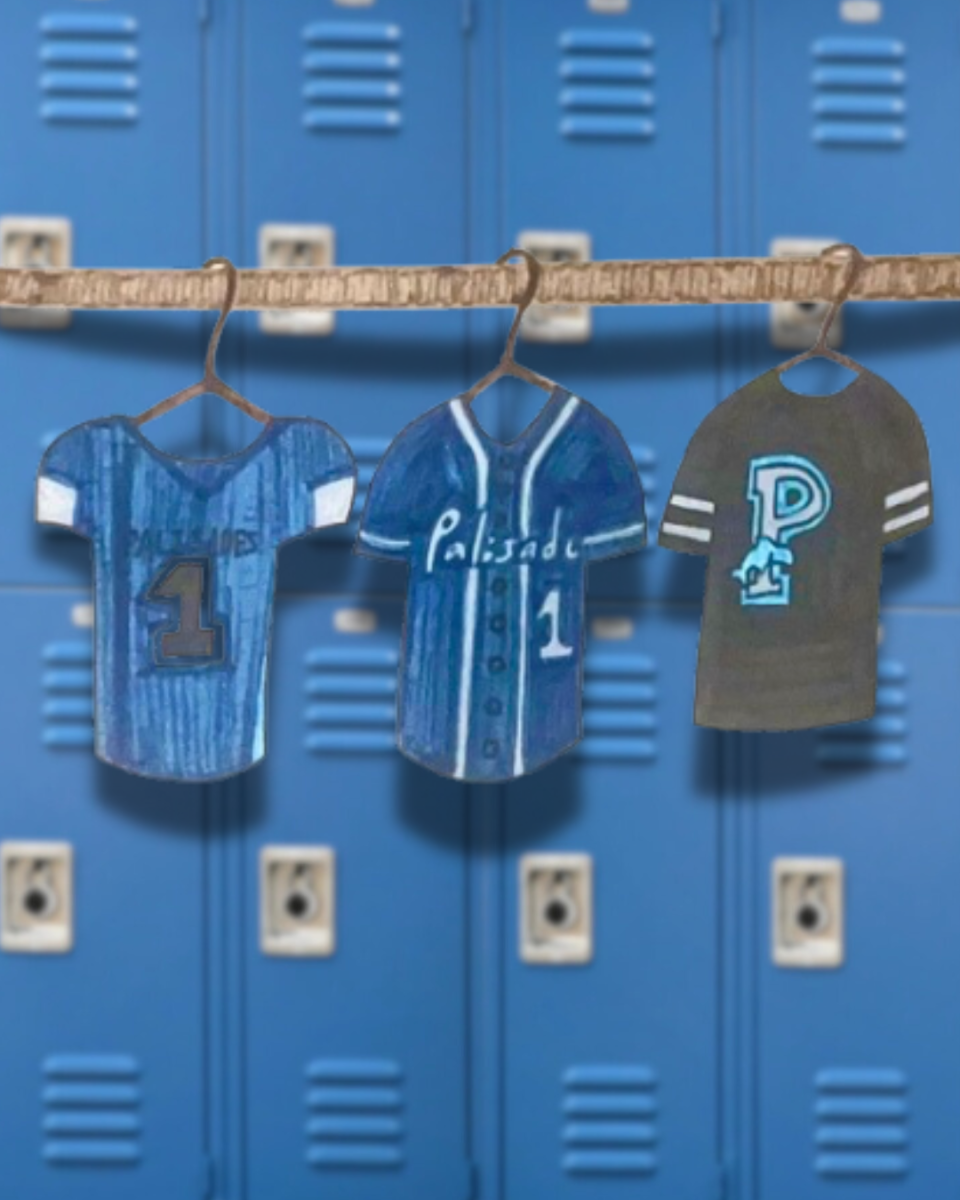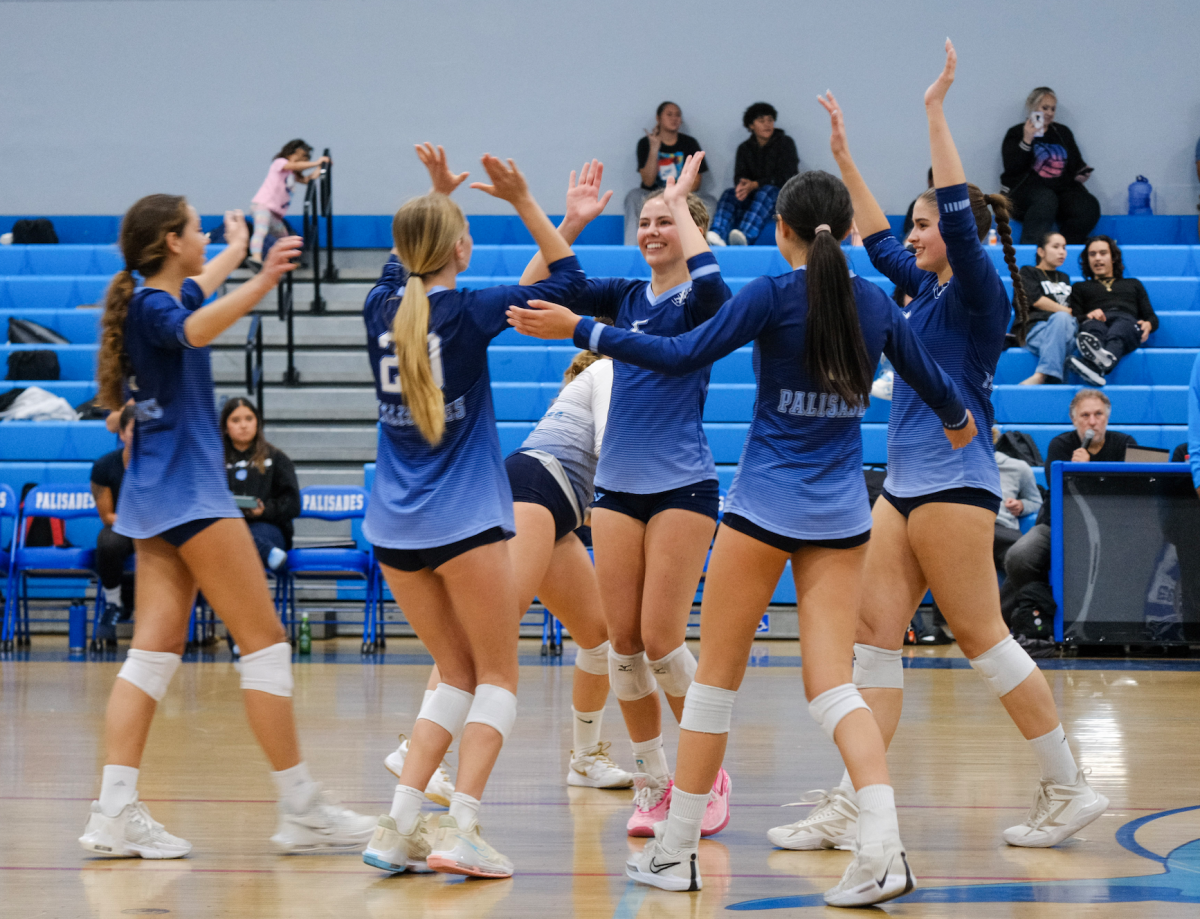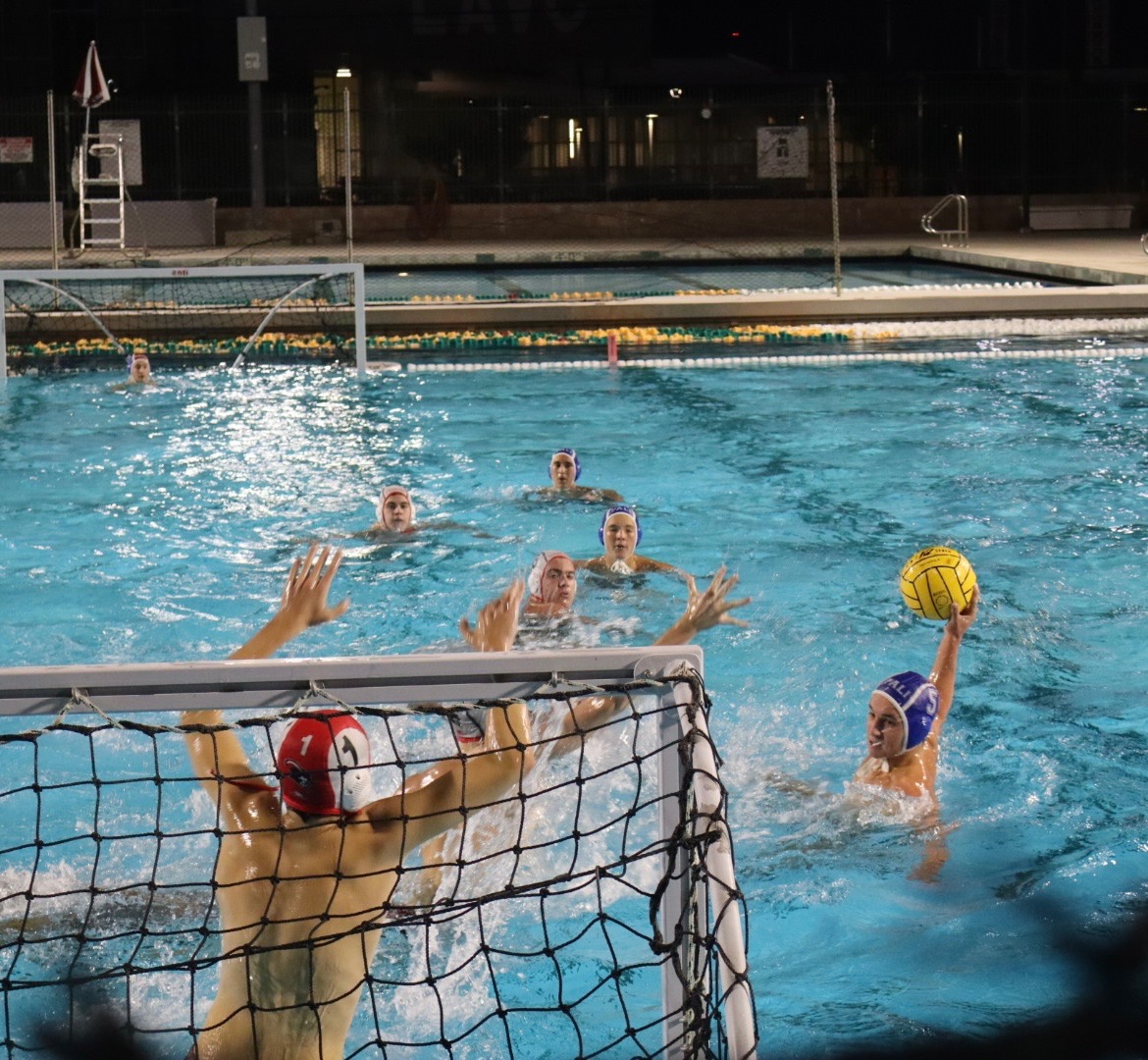Several Pali student-athletes balance two sports teams — a Pali team and a club team. Some of the team-related expenses include travel, gear, equipment, doctor visits and club team dues that some Pali student-athletes believe are costly.
Club teams are sports organizations that practice year-round and frequently travel for competitions and games.
Junior Lilli Fox plays for Pali’s Girls Water Polo team as well as her club team, Trojan Water Polo. Annual membership fees for both teams total $2,000. For her club team, Fox said a sweatshirt, sweatpants and shirt total $150. A swimsuit costs $80, caps are $10 each and a swim bag costs $80 to $90.
The cost of the club combined with the required equipment for the water polo team totals around $1,350, Fox said.
“I’ve been playing water polo since I was very young, so club has been a big part of my life for a very long time,” Fox said. “It can be costly sometimes but I love the girls on my teams and I love the sport.”
Similarly, many club soccer teams also require players to cover their own necessary expenses.
Juniors Cole Hubbard and Nico De La Cruz are members of Pali’s Boys Varsity Soccer team and also play on club teams.
Hubbard said that he spends an estimated $16,000 to $17,000 per year on soccer without financial aid. In addition, he’s a member of the Santa Monica Surf Club team, spending $4,000, which does not include the cost of travel, food, lodging and equipment fees.
“Fees definitely start to rack up as you continue to play your sport,” Hubbard said. “[The expenses] vary because sometimes tournaments cost more and if I go to another country to play that costs even more.”
Hubbard added that although sports require intense dedication, he continues to play soccer because it is “a way for [him] to relax and not worry about school at that moment.”
De La Cruz said that he spends $11,500 annually on soccer. Other expenses are covered by club-provided financial aid, he said. As a member of the Beach Futbol Club, De La Cruz said that he must “pay $2,000 immediately as a down payment.”
Although some club teams may not offer financial aid, De La Cruz explained that many Pali teams will work on supporting student-athletes as much as possible.
Both water polo and soccer Pali teams use the sports team donation platform, Snap! Raise. Members of a team send donation links to friends and family in hopes of raising money for their team.
Fox said the Girls Water Polo Team raised around $10,000 through Snap! Raise, which helped cover the costs associated with transportation, equipment and food.
“This year we’ve started doing fundraising for the team, but before this year we had to donate $500 to the [Pali] team,” she said.
Although the Girl’s Water Polo Team started fundraising, they’re still encouraged to donate $500 to participate on the team. Per existing rules, no public school teams may require students to pay a fee in order to participate.
“We have to donate first in order to receive the equipment and clothes,” Fox said.
In contrast, the Boy’s Pali Soccer team does not request any donations.
“For soccer, you don’t have to pay anything out of pocket, but we donate to get [transportation and jerseys],” De La Cruz said. “You don’t have to donate to play.”
Despite not requiring any equipment, dance still has a high cost.
Davina Ephraim, a junior on the Pali dance team and a member of the Mather Dance Company, said that she spends about $15,000 every year on dance.
According to Ephraim, there are monthly fees, competition fees, solo choreography fees, cleaning fees, costume fees, audition fees, plane flights, hotel fees and away or out-of-state competitions that contribute to the high cost.
“I travel to Florida for Nationals and I have to travel to competitions in Santa Clara, Arizona and Utah, which contributes to the final cost,” she said.
Ephraim said Pali dancers only have to pay for their jerseys out of pocket because Pali’s booster club covers choreographing fees. Pali’s dance team had established a fund, and donations are used to defray program costs.
Due to the many rehearsals needed to learn the choreographed routines, Ephraim said she experienced consistent back pain for three years, resulting in frequent doctor visits. Ephraim said she pays $125 an hour for her physical therapy sessions to rehabilitate her back.
Despite the constant back pain and costly sport, Ephraim expressed her love for dance.
“It truly is my passion and I feel like it’s hard for me to express myself through words, but when I’m dancing I feel like my true honest self,” she said.
Likewise, De La Cruz expressed his passion for soccer despite the cost.
“There are definitely times when it’s hard and I question myself on why I’m doing this,” he said. “But when you’re really enjoying a sport and you think as to why you’re doing it, it’s much easier to think it’s worth the sacrifice, because at the end of the day, it is a sacrifice.”









